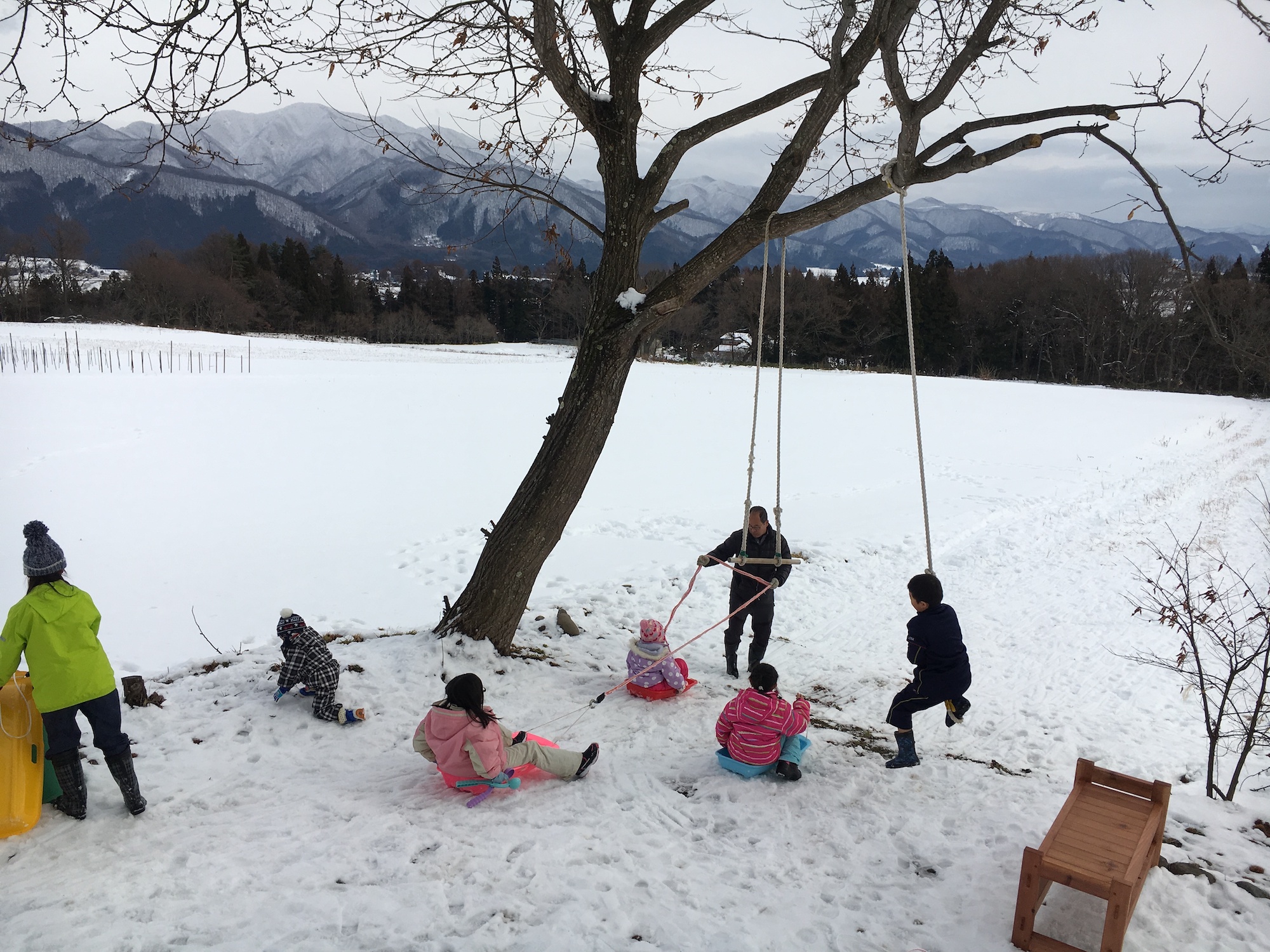It has been 9 years since the Fukushima Daiichi Nuclear Power Plant accident. People who are still suffering from the pain, suffering, and the loss caused by the accident are trying to stand up.
Here, we will introduce the voices of Kenichi Hasegawa, a former dairy farmer who returned to Iitate Village, Seiji Sugeno, an organic farmer in Nihonmatsu City, Mizue Kanno, who evacuated from Namie Town to Kansai, and the mother of Fukushima, who once evacuated and returned, in a digest. The interview (About 10 minutes of video) is scheduled to be released on the FoE Japan website.
1. Hasegawa Kenichi (Villagers of Iitate)
2. Seiji Sugeno (Living in Nihonmatsu, an organic farmer)
3. Mizue Kanno (Evacuated from Namie Town to Kansai)
4. Mother living in Fukushima
![]() A mother living in Fukushima City
A mother living in Fukushima City
This is a story of a mother who had evacuated with her child and later returned to Fukushima. She is a participant in FoE Japan’s “Fukushima Poka Poka Project” for the rest and recuperation of disaster-affected families.
On that day, March 11, 2011, I had a two-year-old child and was eight months pregnant. We had just finished building a new house. When the huge earthquake hit, I said “This is extreme, shaking like never before. Something is going to happen.” I saw birds fly up and away and dozens of birds cross the sky, then huge snowflakes falling down even though it was not snow weather. It was like a surreal scene from a movie. We had no electricity for about two days, so we didn’t exactly know what was going on. But later I learned that the nuclear plant had exploded. People in the surrounding region knew more than those living closest to the plant.
On about March 13th, we started receiving information via Internet and other sources about the nuclear accident. My father’s friend in Niigata booked accommodations for us on about the 14th and suggested I evacuate with my daughter. But I was getting close to my delivery date and it is not easy to move around with a demanding 2-year-old. I was angry but also somewhat afraid, so we evacuated to Niigata by car on the evening of the 15th when exposure was peaking.
Child birth then evacuation to western Japan
I safely gave birth to my son at the beginning of June. But I had no time to feel the joy. I was thinking about where to go next for refuge. I made the decision to go to western Japan where I expected there would be no worries about food safety or anything. I evacuated to western Japan in July. But before that, I pushed myself to go there to look around, though we should not have been moving around much with a newborn. I put a lot of pressure on myself, feeling I wanted to get to a safer place as soon as possible.
I went to a place where I had no acquaintances or relatives. The reception system of that place was very good, so I decided to go there. But it was actually an old housing building for government employees. It was supposed to be closing, but they did the minimum level of fix-up necessary and offered only the rooms that were usable. It was a building with small rooms, more than 40 years old. The tap water was brown and the ceiling was peeling, but I felt it was good enough for us because there was no radioactivity. So we three started living there, but with a strong feeling of being away from home.
Not knowing what to do
I had been away from my husband for about a year. My husband quit his job because we both felt we should be together, but it was still not safe for me and our children to return home. So he hastily sold our house and came to Kansai. I was somewhat relieved. My husband had to start from zero working in a new place, and that was really difficult. He ended up quitting his job three or four times, so things were not very stable. Our money was steadily disappearing, and we felt we could not continue that way. We tried for about three years, but then started thinking about going home. Even so, day in and day out we were not sure what was best to do and could not decide. Eventually we felt we had no choice but to return. So we returned to Fukushima about five years after the initial evacuation.
It was hard for everyone
We heard about people who blamed themselves for not letting their families evacuate, and people who stayed but imagined that evacuees had a better life. Some people could not evacuate because their family members were ill, others couldn’t quit their jobs, and still others could not evacuate because of their houses. For anyone who evacuated, it meant abandoning everything they had built up in life so far. So no one can blame someone for not being able to evacuate. But I ended up feeling a little jealous of people who evacuated and are still resettled elsewhere.
When someone hears my story and sympathizes that it was difficult for evacuees, I feel better and want to say the same to them, it was difficult for those who stayed as well. I don’t want anyone to blame anyone else for their actions, but to acknowledge each other. That we are not alone. The people who accepted me were very caring, and the words “I will not release the hand I am holding” really moved me. I can’t choose the air that I breath, but I want to at least choose what I am able to choose. We have been trying to reduce the risks of food additives and pesticides since before the disaster.

